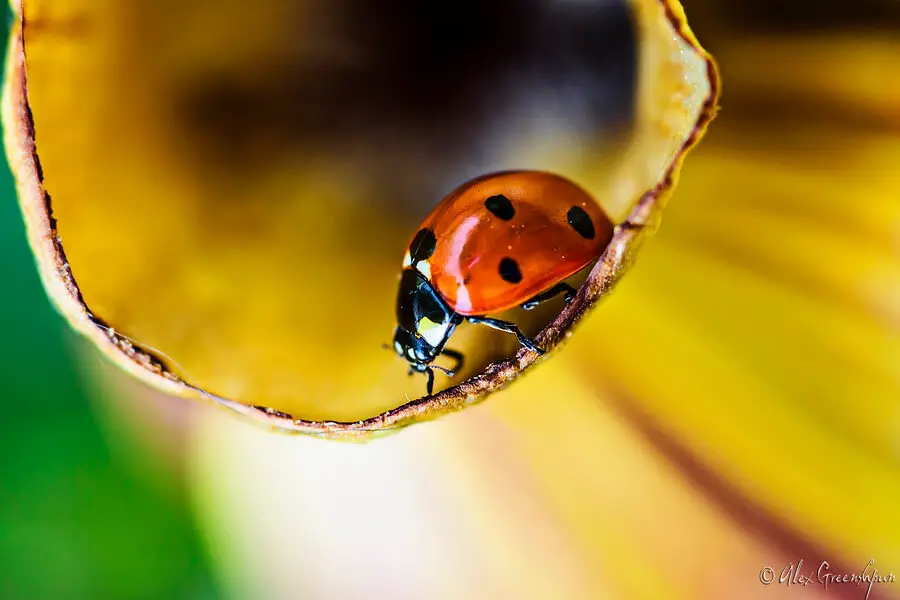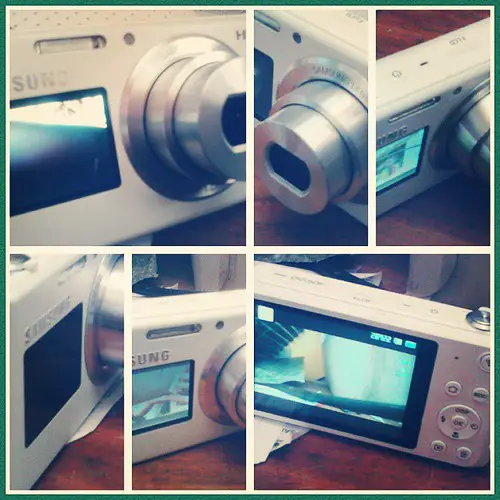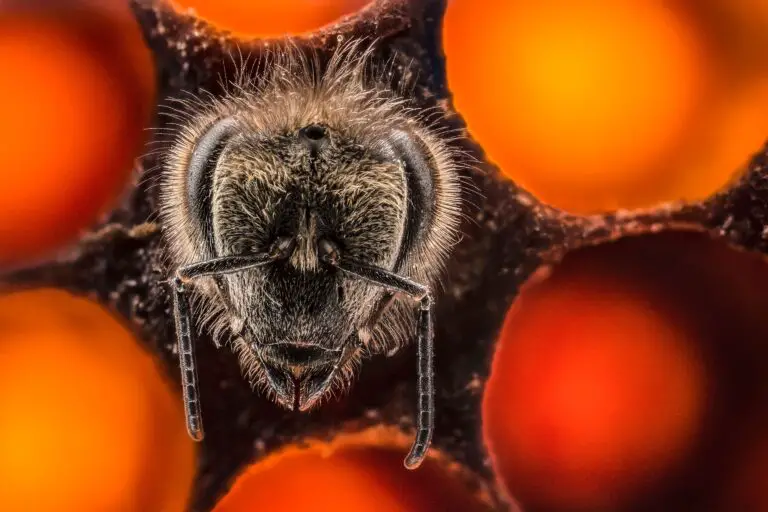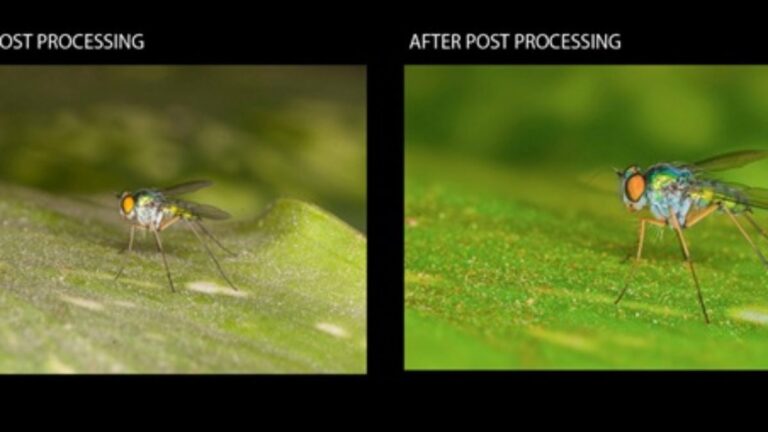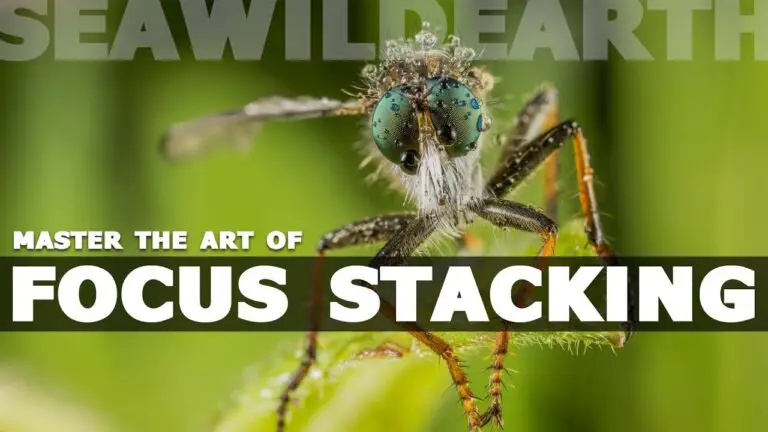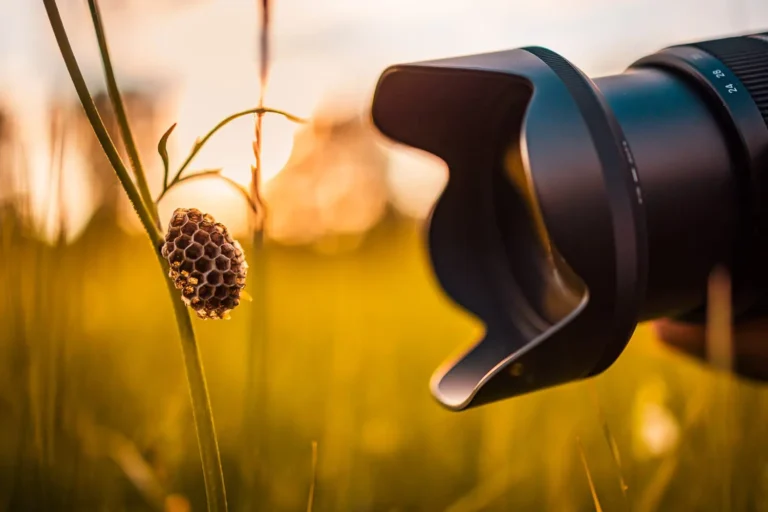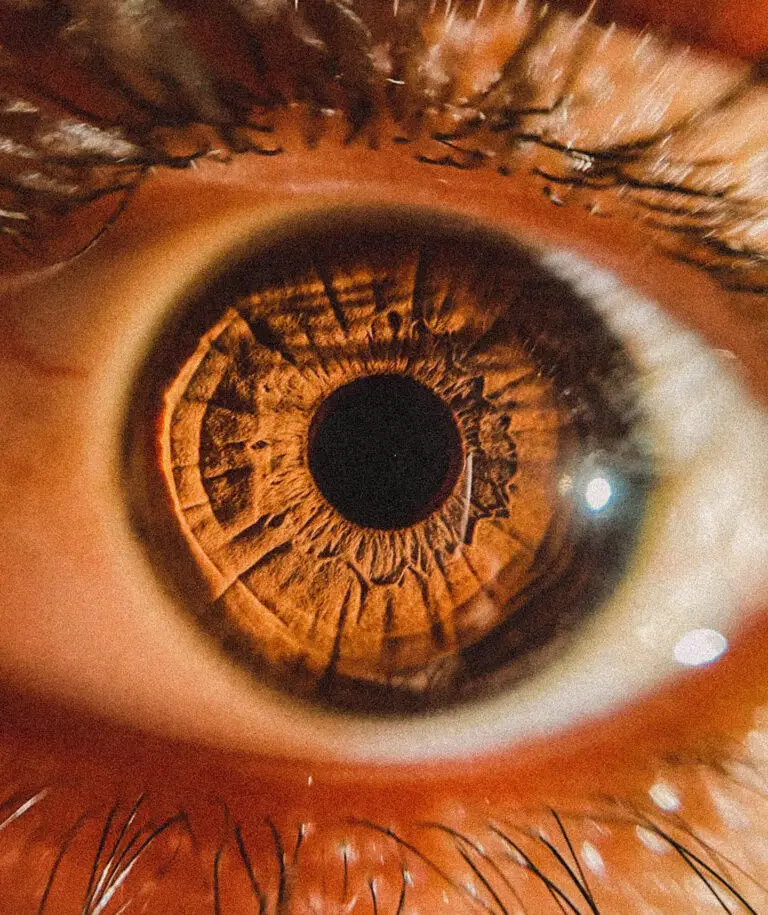Macro Photography Composition: Finding Beauty in the Smallest Subjects
In the vast field of photography, few niches can rival macro photography in its ability to transform the ordinary into the extraordinary. The art of capturing subjects at an incredibly close range not only opens up a world of intricate details but also challenges photographers to hone their eye for composition like never before. In this extensive guide, we’ll uncover the allure of macro photography and provide keen insights into how you can manipulate composition to create breathtaking close-up images that captivate the viewer.
Understanding Macro Photography
Defining the Macro World Within Reach
At its core, macro photography is an exploration of the minute. The word ‘macro’ itself derives from the Greek word for ‘large,’ and in this context, it refers to the enlargement of small subjects. Whether it’s the delicate petals of a flower, the intricate veins of a leaf, or the tiny details of a butterfly’s wing, macro photography allows us to see and appreciate these details in ways we might never have before.
The Significance of Seeing Small
The significance of macro photography is in its ability to reveal the unnoticed aspects of the world around us. By zooming in on the smallest of subjects, we gain a new perspective, often leading to profound appreciation and awe at the complexity and beauty hidden within objects that might often go overlooked.
Essential Equipment for Macro Photography
To venture into the realm of macro photography, certain tools are indispensable.
Cameras Fit for the Close-Up
A reliable DSLR or mirrorless camera with a macro lens compatibility can open a whole new world. Full-frame and APS-C sensors commonly offer compatibility with a wide range of dedicated macro lenses, each with its own minimum focusing distance, which is crucial when working in tight quarters.
The Lens That Brings You Closer
Macro lenses are designed to bring the smallest subjects sharply into focus, often with a 1:1 magnification, where the size of the image sensor matches the size of the subject. Extension tubes can also be used to turn standard lenses into macro lenses, although the quality of the resulting images might vary.
Shedding Light on the Subject
Light is crucial in macro photography, and dedicated macro flashes or ring lights can ensure that your close-up subjects are properly illuminated. These specialized tools help to eliminate shadows and can be adjusted for even the tiniest spot you’re capturing.
Composition Techniques for Stunning Macro Shots
The Golden Rules Apply
The rule of thirds is a fundamental principle that can guide the composition of any photograph, and macro images are no different. By dividing the frame into nine equal parts with two equally spaced horizontal lines and two equally spaced vertical lines, the rule of thirds suggests that points of interest should lie along these lines or their intersections.
Leading Lines in Close Proximity
Look for natural lines and shapes within your macro subject to lead the viewer’s eye through the image. Whether it’s the curve of a stem, the line of a spider’s web, or the spiral pattern of a snail’s shell, leading lines add depth and perspective to your compositions.
Symmetry and Harmony in Microcosm
Intuitively satisfying, symmetry has a profound aesthetic appeal. Finding and framing symmetrical patterns in small subjects can create compelling visual harmony, especially when balanced within the frame.
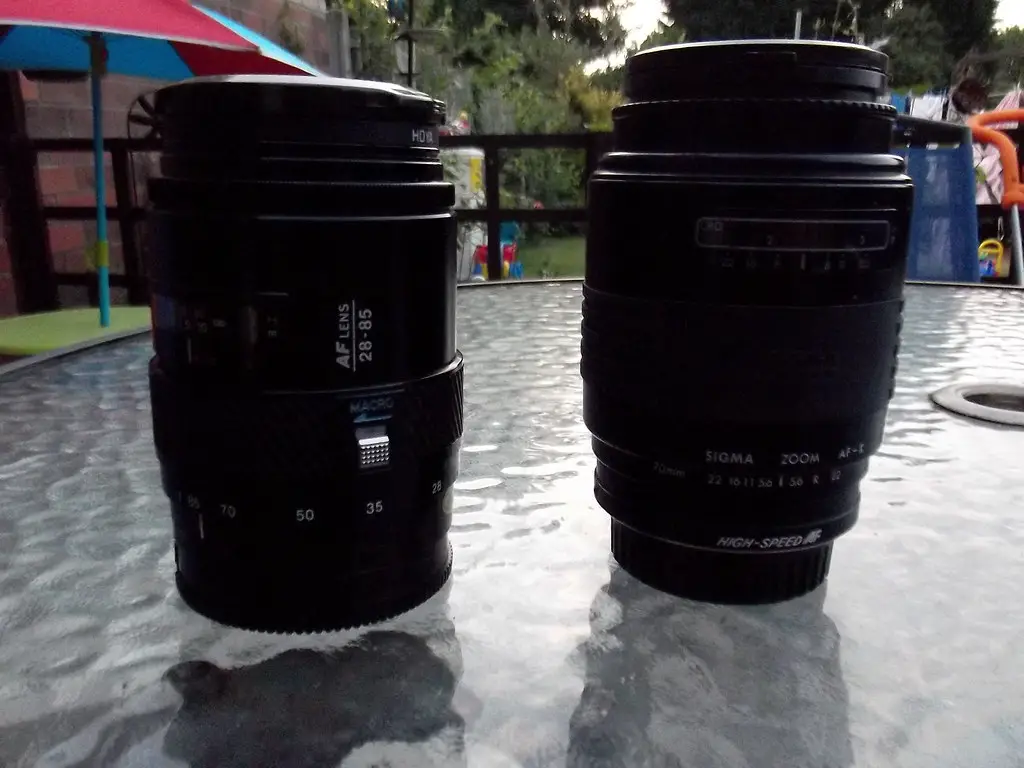
The Art of Negative Space
Contrary to the instinct to fill the frame with the subject, negative space can be powerfully expressive. In macro photography, this can be as simple as dressing a solitary flower against a vast, blurred background or focusing so closely on a single droplet of water that the rest of the subject disappears.
Finding Beauty in Small Subjects
Textures You Can Almost Touch
Textures take on a new meaning in macro photography. The rough surface of tree bark, the soft down of a feather, or the gentle ripple of a seashell — when magnified, these details become tangible, invoking a sense of touch and inviting the viewer into the scene.
Patterns That Repeat and Mesmerize
Natural and man-made patterns are abundant once you start exploring the macro world. The perfect geometry of a snowflake or the undulating waves of sand in the desert — these repeating patterns are not just aesthetically pleasing but can also communicate themes of consistency, nature’s design, and infinite.
The Palette of the Close-Up
Colors play a vital role in macro composition, conveying mood and emotion. The vibrancy of a petal’s hue or the muted, earthy tones within a close-cropped landscape each tell their own story. Learn to observe the subtleties of color variation within your subject and use it to your creative advantage.
Tips for Successful Macro Photography
The Virtue of Patience and Persistence
Macro photography requires an added dose of patience. Subjects can be minuscule and elusive, with the right moment fleeting and the slightest movement capable of ruining the shot. Taking your time, waiting for the right light, and staying still are keys to success.
Lighting: The Small Subject’s Best Friend
The quality and direction of light are vital in macro photography. Soft, diffused light brings out the best in small subjects, minimizing harsh shadows and glare. Overcast days or the golden hour can be particularly favorable times to shoot macros.
Depth of Field: The Delicate Dance
Depth of field in macro photography is incredibly shallow. This can be used to isolate a subject against a blurred background, but it also means that precise focusing is essential. Small adjustments can make the difference between a sharp image and one that’s slightly off.
Showcasing Macro Photography
Online Platforms and Communities
Joining online photography forums and communities is a great way to share your macro work and learn from others. Platforms like Instagram, Flickr, and 500px offer spaces to display your photos, connect with fellow enthusiasts, and inspire and be inspired by the incredible macro shots out there.
Exhibitions and Competitions
Participating in exhibitions and competitions allows you to test your skills against a broader audience. Many photography clubs organize regular shows specifically for macro work, and national and international competitions often have categories for close-up photography.
Conclusion
Macro photography is a doorway into a universe of details often unseen by the naked eye. By mastering the art of composition within this specialized genre, you can produce images of remarkable beauty and resonance. Whether you’re capturing the world of insects, the flora of your local environment, or the textures of everyday objects, macro photography allows you to find art in the smallest of subjects. Venture forth with your camera, and may you unveil the quiet magnificence that lies all around us.

